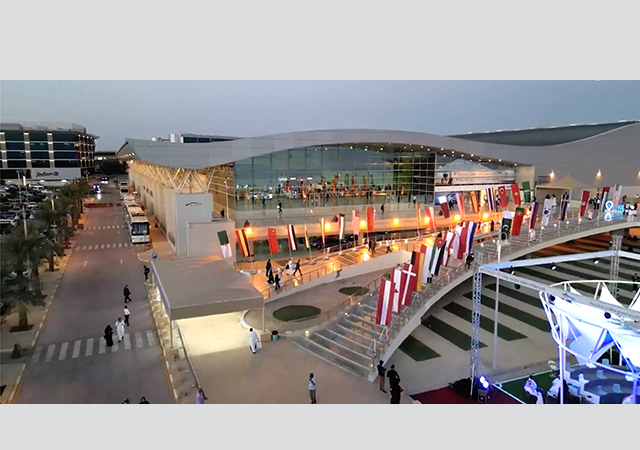
 Illustration of relative shrinkage potential.
Illustration of relative shrinkage potential.
What is durable concrete? For industry groups and engineers, it involves factors such as minimum cement content, composition of cement, water to cement ratio, initial chloride content, cover, perhaps slump, perhaps aggregate quality, workmanship and in some cases, allowable crack width.
There are many more possibilities; but when one examines the concrete specifications that are published today, one will note that they are, almost without exception, written around the above subjects.
Yet, with thousands of years of experience in making concrete structures, is our industry any closer to achieving true durability? If durability is defined in terms of longevity, then the answer must clearly be no. Generally, the lifespan of concrete structures has declined since the development of global standards for materials and design methods during the first part of the 20th century.
Consider the facts, marine structures of Roman lime-pozzolana concretes have performed well for more than 2,000 years in Mediterranean sea exposures [1]. The foundations and columns supporting the great dome of St Peter's, Rome were made of concrete (1514 AD) [2]. According to the former Cement and Concrete Association, the commercial expansion of structural, reinforced concrete occurred during 1897 and 1920, when Hennebique of France introduced a reinforced concrete system; by 1910 more than 40,000 buildings, bridges, wharves, reservoirs and other structures had been built by his technique. The longevity of these early structures is amazing when one considers that they were constructed at a time when reinforced concrete technology was largely proprietary; there were few, if any, codes or standards for the manufacture of Portland cement or reinforcing steel. There were no compressive strength, slump or density test standards and mixture designs were most often prescribed on the basis of loose volume proportions.
I investigated several early concrete structures (vintage 1897 to 1923) in the US and the UK. One such structure on the coast of Wales, the Weaver's Warehouse (or Weaver's Mill), was an equivalent six-storey reinforced concrete structure located directly on the sea. Eventually removed to make way for a new urban development in 1984, this seemingly ordinary structure was built prior to 1900 and had not only withstood direct exposure to a marine environment for nearly 100 years, but also the terrible destruction of Swansea during the bombing raids of World War II. This was the first work of Hennebique (and Mouchel) in the UK, who introduced this new technology to Britain. The practice was to load test these structures to verify performance; cracks were generally not permitted. In fact, deflection criteria was extremely strict; allowable deflection was limited to 1/600 of span under 1.5 times maximum load, as opposed to value of 1/200 often used today [3] - resulting in statically robust structures that took advantage of the natural arching capacity of concrete even though reinforcement was incorporated.
Unfortunately, in the early 1900's, a critical turning point occurred when engineers first relaxed deflection criteria and proposed that beams and slabs should be allowed to crack. Since that time, crack development has become fundamental to the structural design of reinforced concrete; with the expectation that the concrete must crack at least to, if not beyond, the depth of steel. As engineers, this approach represents an acceptance of the routine failure of concrete; the load is now being carried by a new composite steel-concrete element with its own intrinsic durability requirements and shortcomings. Concrete has become subservient to the reinforcement; as such the entire technology of concrete usage has become geared towards the protection of steel, an unstable material that ultimately will destroy any structure that tries to contain it. This change in direction has completely discarded centuries of progress for concrete and stone structures that used natural arching effects to carry loads; a phase shift in thinking that has had a terrible impact upon the life span of structures since the early part of the 20th century.
As engineers and as an industry, we have lost our direction with respect to concrete durability. In an attempt to redress this issue, this article will present a framework for a practical and effective approach to durable concrete. This is based upon historical precedent, our research findings and scientific investigation of structures that, at the time, were 60 to 80 years old. There are several original concepts and illustrations introduced within this article, these include, among others, the concepts of relative shrinkage potential, the mobility of the mortar fraction, capillary index, and relative life expectancy.
First a few definitions before proceeding. The water to cementitious ratio is calculated as the free water divided by the simple sum of cementitious ingredients (no activity factors are used). Aggregate is defined as stone (anything that is 5 mm or larger in size), and sand (all other sizes). Optimally, stone should be a crushed, angular and dense limestone if available; this provides excellent strength and resistance to crack development. For sands, a subangular to rounded silica-based material is preferred, provided that the silica grains are not reactive and fines are restricted. However, even where aggregate variety and quality is limited, the principles herein can still be used to advantage. There is little discussion of chemical admixtures; this is because all mixtures referenced have used the same standard dosages of lignosulphonate-based materials. The relative effect of different chemical admixtures is an important but complex subject that is, however, outside the scope of this paper.
The Irrelevance of Minimum Cement
Content
Our present practices are deeply rooted and largely stem back to the late 19th and early 20th century. One must remember that concrete production was a simple affair during that time; water reducers, plasticizers, set retarders, viscosity enhancers or other behaviour-altering additives were not commercially available. Given that virtually nothing could be done to alter the water demand of the mixture; it is no surprise that the cement content emerged as a major factor in durability. For example, from 1894 (possibly as far back as 1886), natural exposure trials involving thousands of specimens were introduced in Europe and America in a variety of environments, with a variety of mixture compositions and cementitious materials. Publication of the results of these trials began at least as far back as 1909 in Copenhagen [4] and, almost without exception, researchers concluded that the cement content was the most important factor (many recommended a minimum content of 400 kg/cu m for a given cover depth) to provide durable, steel-concrete composite structures. Some of these experiments were monitored for 40 years, some perhaps longer. However, although the Abrams Law (water to cement ratio) was in use in engineering handbooks from at least 1923 [5], it was employed primarily for strength purposes, not for durability. It took another few decades for the Abrams Law to be considered for durability purposes, when previously published [6], 19-year duration natural exposure data from Germany recommending high cement contents was re-evaluated, and Hummel and Wesche [7] concluded that durable marine concrete could be obtained where the water to cement ratio was in the range of 0.40 to 0.45. This was considered to be independent of the cement type (Portland, blast furnace, pozzolanic and high alumina cements were tested) and cement content, and Wesche also identified pore space as a major factor.
From at least 1961, Fulton of South Africa [8] incorporated criteria for the use of a water-to-cement ratio for durability purposes, recommending a maximum water to cement ratio of 0.40 to 0.45 in aggressive environments. In practice to the 1970's, however, the only practical way that these low water to cement ratios could be achieved was to operate at relatively high cement contents.
During the 1970's however, all of this changed. A plethora of behavior-altering chemical admixtures were introduced. These technologies made it possible to produce very low water to cement ratio concretes at relatively low cement contents. This spawned further research by Clear [9] into empirical relationships for durable concrete that illustrated the irrelevance of minimum cement content (see separate article below).
Unfortunately though, the concept of minimum cement content remains an indelible mark upon almost every specification published today. To achieve truly durable structures, we must use lower cement contents and focus instead on the free water to cement ratio and porosity. This approach reduces shrinkage, heat development and potentially cost. How do we best reduce the cement content and maintain durability? The key is to reduce the water demand of the mixture ingredients and ultimately the water content of the mixture.
The Importance of Low Water Content
The free water content of the mixture, combined with the water to cement ratio, determines the optimum cement content for durability purposes. More importantly, the water content ultimately determines the drying shrinkage characteristics of the mortar fraction. Our research confirms that the potential for drying shrinkage cracks is dramatically reduced by even seemingly small reductions in the water content.
In order to understand the true benefits of low water content for any mixture, it is necessary to understand the concept of relative shrinkage potential (RSP), developed by the author and presented in this article for the first time. The effect of water content on drying shrinkage is illustrated in Figure 1. This figure includes a relationship between water (in litres per cubic metre of concrete) and relative shrinkage potential (as drying shrinkage, as a multiple of 100 per cent). The chart has been developed by the author from volumetric analysis of research data in Table 69 of Lea [10] and has been compared to similar data from the American Concrete Institute [11].
For comparison purposes, the standard Grade 45 mixtures in Bahrain typically use a water content of 160 litres per cu m at a water-to-cement ratio of 0.42. This results in a relative shrinkage value of 210 per cent. Were it possible to reduce this water content to 120 litres, the corresponding relative shrinkage potential would be 120 per cent; or a reduction in potential shrinkage of 90 percentage points (a relative reduction of 43 per cent). In actual fact, this reduction has been achieved in Bahrain.
The relationships of Figure 1 are based upon tests of mortar mixtures and therefore represent directly comparable values. This combination of sand, cement, water and air is identified as the mortar fraction of the concrete mixture, another important feature with regard to durability.
Mortar Fraction of Concrete
In general, the optimum mixture, from the perspective of durability, has a low porosity. This low porosity is achieved by accomplishing two tasks; firstly, by producing a low porosity mortar fraction, and secondly, by reducing the amount of mortar fraction in the concrete mixture. By mortar fraction, we mean the volume of all ingredients, excluding the stone (the calculation of mortar fraction is presented in the separate article below).
The concept of mortar fraction is generally not thought of with regard to durability, but it is a crucial aspect of durable concrete. The progress of the moisture and chloride front has been monitored by researchers in controlled experiments [12]. The findings are clear; the movement of chloride was confined to the mortar fraction; essentially travelling around the stone particles and lagging somewhat behind the advancing moisture front. Therefore, minimising the mortar fraction:
In our experience, typical mortar fractions of concrete range from 55 to 67 per cent by volume. To understand the effect of mortar fraction on overall porosity, consider the following example. If we measure a porosity (as permeable pore space {PPS} according to ASTM C642) of 12 per cent on a mixture with a mortar fraction of 67 per cent, then a reduction of mortar fraction to 55 per cent will reduce the overall porosity to:
12% PPS x (55%/67%) = 9.9% PPS
Similarly, to understand the relative effect on shrinkage (using the proportions above and a relative shrinkage value of 210 per cent), a reduction of mortar fraction will also reduce the relative shrinkage potential (RSP) to:
210% x (55%/67%) = 172% RSP
Now, what if we could produce a concrete with an exceptionally low mortar fraction, say 50 per cent or less? This can be and has been done, and is accomplished by introducing a new concept that I have identified as the 'mobility of the mortar fraction'. This leads us to the importance of the type of cementitious material.
The Importance of Cementitious Material
The selection of the right cementitious material is a critical one for durable concrete. All other constituents being constant, the cementitious material determines:
Although many researchers and experts believe that the chemical composition is the key factor in selecting the cementitious material, this is not the case. The cementitious material should be selected in the following order of precedence according to:
1. How it can enhance mobility and reduce water demand, allowing a corresponding reduction of the mortar fraction, drying shrinkage and porosity.
2. How it will affect (and lower) the heat development of the concrete, thereby reducing the risk of temperature crack development (this could be moved to a first priority where the use of the concrete is 'at risk' with regard to temperature crack potential).
3. How it affects the strength gain characteristics of the concrete mixture so that normal construction practices are not impaired.
4. The perceived benefits of the material with regard to chemical composition, chloride binding, sulphate attack or other related issues.
Once all other constituents have been selected, the cementitious material has an enormous impact upon water demand of the mixture. Portland cements may have chemical and physical properties that strongly influence water demand. In Bahrain, to achieve the maximum water-to-cement ratio of 0.42 as required by government specifications, certain cements can be used in the amount of 370 kg/cu m, while others must use 390 or even 400 kg/cu m. This difference is due solely to the variation in water demand. Therefore, the water demand of the cementitious constituents should be reduced by any and all means if durable concrete is to be achieved.
Mineral additives may also affect water demand. Silica fume, typically used as an additive in the proportion of 5 to 12 per cent by weight of binder, is almost 100 times finer than Portland cement on a theoretical Blaine fineness basis and will generally increase water demand and heat development, while significantly improving strength development.
Blast furnace slag, used as a replacement of 50 to 70 per cent by mass of binder, can be ground to different finenesses, but is generally ground about 50 per cent finer than Portland cement to permit an acceptable rate of strength gain. Slag has about the same or slightly increasing water demand characteristics. The effect upon heat development varies according to the cement source, with significant heat reduction being possible when combined with a compatible source of Portland cement.
Research in Bahrain since 1997 has confirmed the value of classified ash products for the reduction of water demand and the reduction of temperature development. Normal (spherical) classified ash meeting the requirements of the Bahrain Model Standards [13] has a fineness that is essentially the same as Portland cement and will reduce water demand by 10 to 20 per cent when used as a binder replacement of 30 per cent by mass. In addition, the corresponding reduction of heat is a direct relationship; a 30 per cent replacement will allow a 30 per cent reduction in temperature rise, while attaining similar or same 7 and 28 day strengths [14].
Advances in process technology have allowed the development of a new generation of classified (spherical) super fine and ultra fine ash products. These materials, being chemically identical to normal ash products, are typically used as an addition to binder in the amount of 5 to 15 per cent by mass. Our research indicates that an addition of 5 per cent super fine ash by mass of binder will lead to a water reduction of 10 to 20 per cent. These products tend to be neutral in their effect on heat, but will lead to a substantial improvement in strength development. Comparative field and laboratory strength tests in Bahrain carried out to 112-day ages also confirms that these additives make the concrete far less sensitive to field curing than all other mixtures tested.
The Importance of Strength
Strength, on its own, is not a good indicator of durability. However, once the mixture proportions are established and the mixture goes to production, strength has consistently proved to be, by far, the most important predictor of future performance. In this context, strength refers not to that measured in the laboratory, but that measured in-situ. Research over a period of 15 years in Bahrain has utilised in-situ cube tests as companions to in-situ natural exposure tests, involving some 1,500 specimens that include standard prisms through to full-scale wall constructions. These in-situ tests, cured in the same way as the exposure specimens, have consistently resulted in a strongly correlated variable (with squared correlation coefficients in excess of 0.9, in some studies), where field performance is measured in terms of the progress of carbonation and loss of steel due to corrosion [15].
The application of in-situ strength measurement as a parameter for durability overcomes the vagaries and imprecision of traditional specifications that address workmanship in a descriptive manner, without specific performance criteria. In-situ strength measurements in the form of standard cube specimens cured in the same manner as the structure will provide an important performance measure for the assessment of workmanship.
The other important aspect of strength is that it should not be any higher than is required for structural purposes. One of the detrimental affects of mixtures that are designed for durability is that often the strength is very high, especially where mineral additives such as silica fume are used. However, this introduces brittleness effects and possible thermal incompatibilities with aggregates, that can cause early deterioration or other adverse behaviours. My investigations indicate that a maximum strength in the region of 50 to 60 MPa would generally be optimal (to achieve low porosity and avoid brittleness effects); of course this value may vary from locale to locale according to the properties of available materials.
The Importance of Capillary Absorption
(or The Irrelevance of Diffusion)
The overview of Clear's research (in the separate article) provides a background to the development of the AASHTO T 259 and ASTM G 109 ponding test - and this was ultimately (and in my view inappropriately) linked to the rapid chloride permeability (RCP) test that is identified as AASHTO T 277 or ASTM C 1202. This correlation is a fallacy; as the fundamental basis is flawed. The work by Clear is based upon capillary absorption of chloride in a partially saturated sample; the RCP test is attempting to simulate diffusion through a saturated specimen. The basis of the two mechanisms is entirely different, and they should not be correlated. It is unfortunate to see this test mistakenly incorporated in many specifications, as not only is it applied inappropriately, but the diffusion mechanism in real world conditions is truly of little or no importance.
For evidence of this point: diffusion must occur in saturated concrete; this is most nearly simulated where the concrete remains submerged in practice. For irrefutable evidence, take any marine structure where the concrete has remained submerged throughout its life, and carry out chloride profiles in the spray zone and also in the zone that permanently remains below the low tide level. The engineer will note that the chloride levels are very high in the spray zone as compared to the submerged zone. This is because the penetration of chlorides is governed by capillary absorption in the spray zone and diffusion in the permanently submerged zone. One will quickly conclude that diffusion is not a factor in the deterioration of steel-concrete composite structures.
This is one reason why permanently submerged exposures are not considered a severe condition in marine environments. The point is illustrated in Figure 2 from my own project work on an intake structure located on the south Florida coast that was, at the time of investigation, 15 years old.
Recent studies have revisited the RCP test, and concluded, particularly for cements with mineral additives such as silica fume, slag and ash, that it should not be used in specifications [16, 17, 18] and could be considered dangerous in some cases, as "numerous concrete projects in the past with specified coulombs of 600 to 1,000 have created job-site construction problems and cracking" [19]. My view is that it is a dangerous approach to include the RCP test as a criteria in a project specification - as any test that is unreliable will eventually lead to unpredictable and often adverse outcomes.
The Importance of Crack Development
In my preface, I identified that a critical turning point occurred when engineers first proposed that beams and slabs should be allowed to crack - during the early years of the 20th century - which has had a terrible impact upon the lifespan of structures. It is interesting to note, however, that the design community appears to be coming full circle. By this I mean that the last 5 to 10 years has seen enormous research into the issue of crack development and service loads. Although a subject of considerable debate, the general trend is towards greatly reduced steel stresses and greatly reduced crack widths. Reduced steel stress implies more statically robust designs, much like the early years of proprietary design. It is not uncommon now for designers to work with maximum allowable crack widths (due to serviceability loads, identified as SLS conditions) of less than 0.2 mm or even 0.1 mm, especially for projects that combine severe exposure conditions with long lifespan requirements.
In addition to SLS crack development, the tightly-packed, low shrinkage and low temperature mixture approach of this article also results in a greatly reduced risk of crack development due to plastic and drying shrinkage, temperature generation and other causes. Scientific investigations have verified that lower mortar fractions (more closely packed stone particles) can dramatically increase fracture toughness [20], providing greater resistance to all forms of later age crack development.
Putting It All Together
Figure 3 and the accompanying information provides the relationship of voids and strength for Bahrain materials. I have developed this relationship from tests of standard Portland cement concretes. Can low void mixtures be designed for lower strengths? From the curve, it would appear not, but by altering the cementitious material and adjusting the mixture proportions, this result can be achieved - and achieved economically. Note the diamond on the chart - this mixture has greatly reduced voids for a given strength.
We recently applied these concepts to the design of mixtures for a large marine project in Bahrain. Knowing that the structure should resist deterioration for a 50-year period, and that the Arabian Gulf sea presents extreme environmental conditions (47,000 ppm salinity, global extreme ambient temperature, global extreme solar radiation, carbonation rates that are twice that of most other world locations), we were faced with a need to produce a mixture with ultra low cracking potential (from both temperature and shrinkage) and ultra low capillary suction and pores. This mixture should also have a high degree of workability so that it may be placed and compacted in-situ, but should not have excessive strengths.
By applying the above principles and through careful selection of materials, a new mixture was developed. The criteria for the mixture is presented in Table 2.
Using the principles within this article, the key to this mixture was the selection of the appropriate cementitious material combination. For this we chose materials that would give low temperature, low permeability, reasonable strength performance and a highly mobile mortar fraction. The cementitious materials consisted of a triple blend of Portland cement (low C3A), fly ash (at 30 per cent) and super fine ash (at 5 per cent addition) meeting the requirements of the Bahrain Model Standard. Trials were conducted and the results are shown in Table 3.
The trials were done by Delmon Ready Mixed Concrete and Products of Bahrain. Portland cement was produced by the Saudi Cement Company. Ash products were manufactured by Ash Resources of South Africa. All three organisations are ISO 9000 series certified.
The temperature rise per cu m has been estimated from the analysis of extensive data from full scale trials of various mixtures carried out from 1997 to 2000. On this basis, the temperature rise can be estimated to be 1 deg C/10 kg Portland cement/m3 concrete for cements that comply with the Bahrain Model Standard.
An illustration of the close packing of the stone particles is provided in Figure 4. For comparison purposes, a second section is shown that contains a 67 per cent mortar fraction. Note the difference in spacing between the particles. Both of these mixtures have the same cementitious content; the second is a Portland cement and silica fume mixture with 170 litres of water per cu m.
Note another new concept identified as capillary index (CI). The CI has been determined by using the test method from Norway, submitted to us by the Danish Technological Institute with a new analytical approach developed by the author. To provide a basis for comparison, the capillary index of our standard grade 45 mixture is generally in the range of 22 g/m2/sec1/2 at 28 days as compared to the capillary index of the enhanced mixture of 11.0 g/m2/sec1/2 at 7 days. A graphical representation of the capillary test compared to our standard Grade 45 mixture is provided in Figure 5. The capillary index is the first, straight-lined portion of the curve, and represents the speed of uptake of water in the sample. There are a number of additional parameters measured from this test that are beyond the scope of this article. The value of the capillary absorption test is that, for the first time, we are measuring the rate of moisture uptake rather than total absorption or other steady state conditions. This can be used to approximate another new concept, the relative life expectancy of a structure. For example, if a standard Grade 45 mixture provides a 25-year life expectancy for a given cover depth, the new relative life expectancy (RLE) is approximated as:
RLE = 25 years x (22 g/m2/sec1/2)/(11 g/m2/sec1/2) = 50 years
Concluding Remarks
To summarise the important aspects of this article, we restate that exceptionally durable concrete can be designed, mixed and placed economically. Once an aggregate selection has been made, there are basic rules for the development of optimal mixtures and durable designs, namely:
Several new concepts have been introduced; these include relative shrinkage potential (RSP), the mobility of the mortar fraction (MF), capillary index (CI), and relative life expectancy (RLE).
The approach given is a process of optimisation that can be used in a wide range of situations. The concepts are expressed as relative ones; this makes them universally applicable.
Acknowledgments
The author wishes to acknowledge the following persons and organisations for their support of research activities:
Bahrain's Minister of Works, Fahmi Ali Al Jowder
The Assistant Undersecretary, Administration and Finance, Ministry of Works, Mohammed Khalil Alsayed
The Director, Quantity Surveying and Materials Testing, Ministry of Works, Effat Redha Hussain
References
1. Lea, F. M., The Chemistry of Cement and Concrete, Third Edition, Edward Arnold, 1970, p. 625.
2. Steiger, R. W., St Peter's Cathedral - The Vatican's Majestic Basilica, Concrete International, November 1996, p. 6.
3. Bussell, M. N., "The Era of Proprietary Reinforcing Systems", Structures and Buildings - Historic Concrete, Proceedings of the Institution of Civil Engineers, August/November 1996, Thomas Telford, p. 295.
4. Meeting of the International Association for Testing Materials, Copenhagen, 1909.
5. Civil Engineers Yearbook, Institution of Civil Engineers, London, 1923.
6. Eckhardt, A. and Kronsbein, W., Dt. Aussch. Stahlbeton, vol 1202, 1950.
7. Hummel, A. and Wesche, K., Dt. Aussch. Stahlbeton, vol 124, 1956.








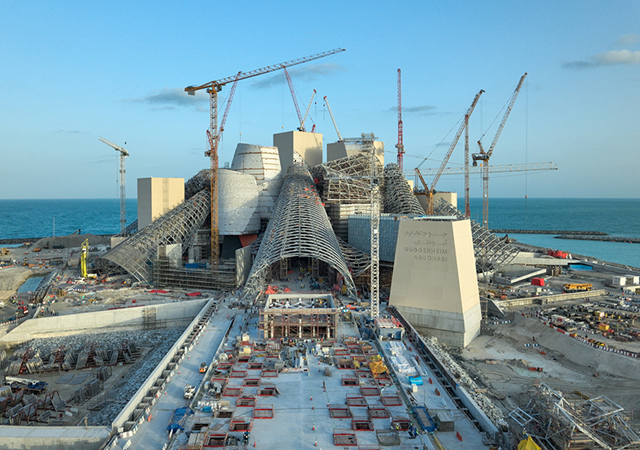
.jpg)

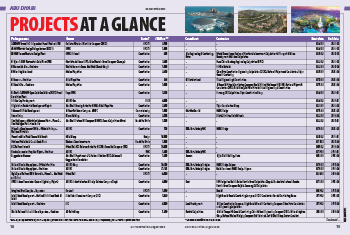



.jpg)


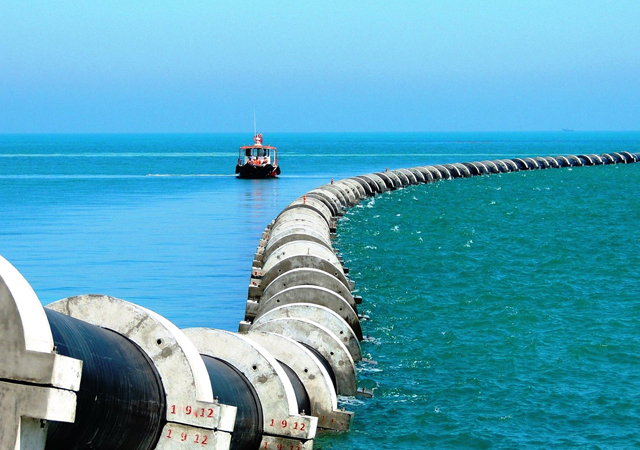



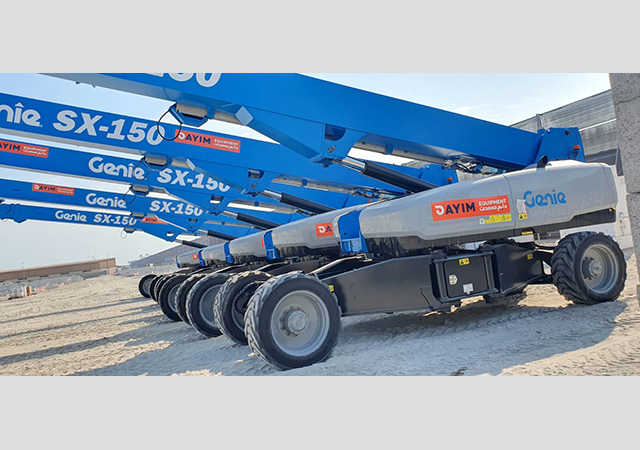
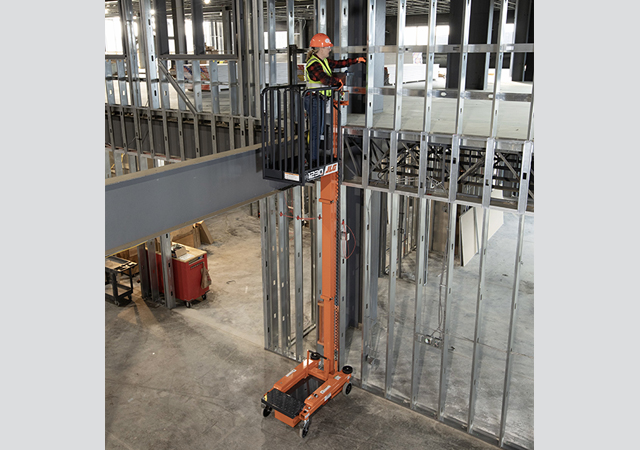



Doka (2).jpg)



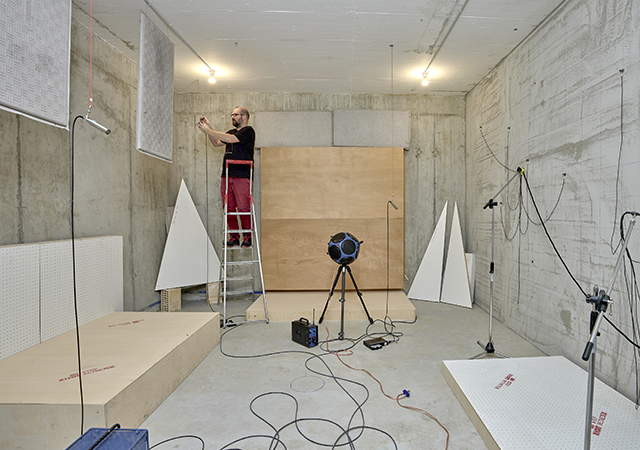





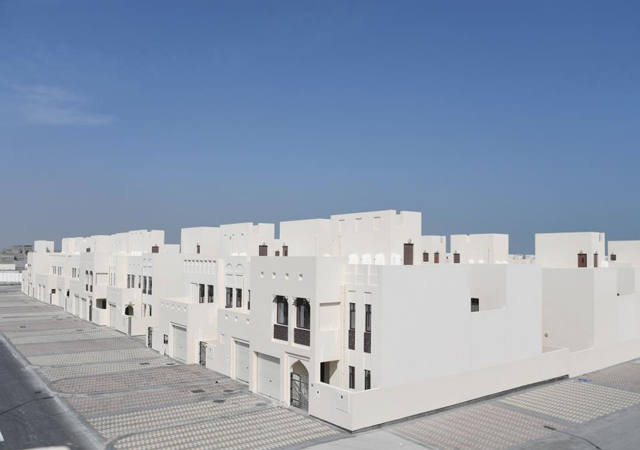
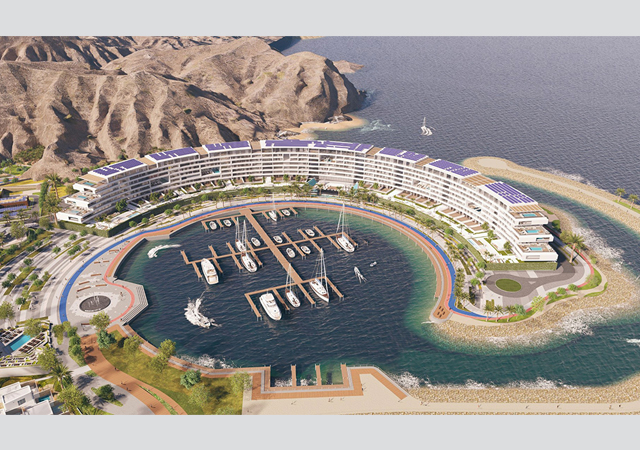


























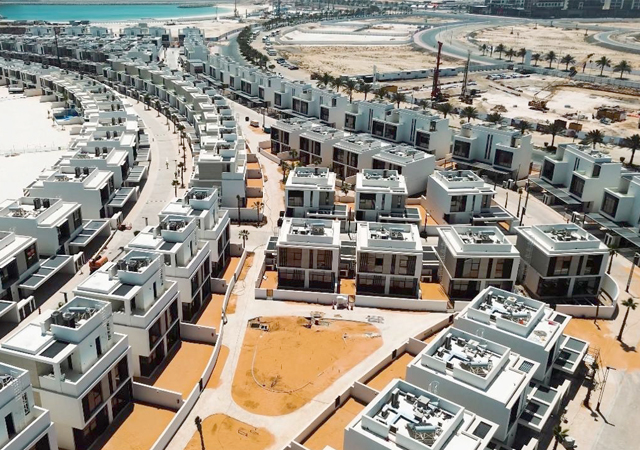


.jpg)
.jpg)

.jpg)
